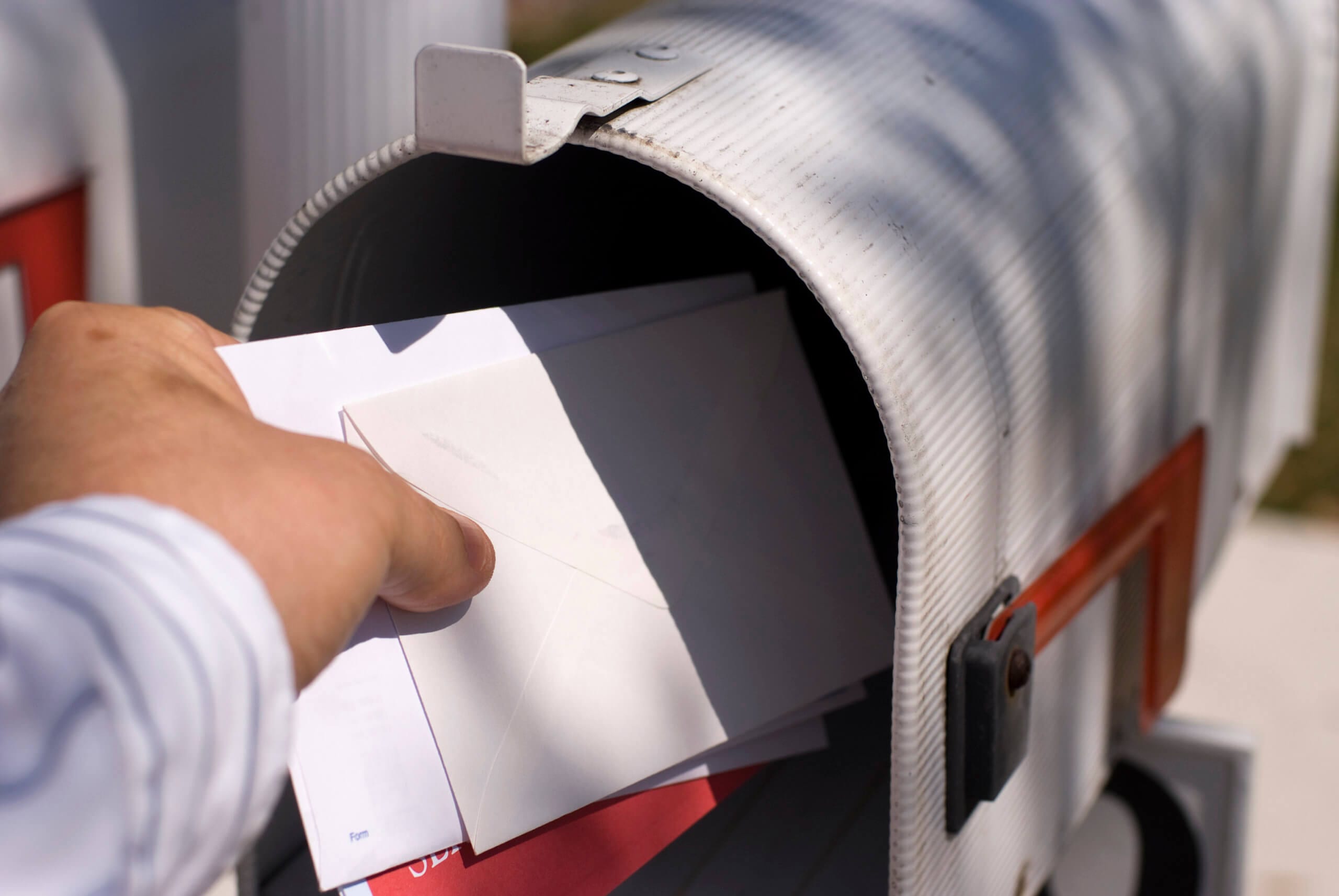Finding the Right Direct Mail Frequency
By Paul Bobnak | June 3, 2022

When creating a strategy for a successful campaign, you need to find a direct mail frequency that balances your objectives with your resources. And this is no small matter. For many years, mass “spray-and-pray” mailings were a common marketing practice. But now, with direct mail increasingly focused on segmented and personalized efforts, smart planning is more important than ever before.
Your campaign plan must take into account three big factors, all of which could affect direct mail frequency:
- Budget – You have countless options available for your format, design, printing, data services, and postage. Knowing the costs associated with each will let you make informed decisions about each aspect of your campaign.
- Strategy – Is your strategy short-term, maybe focused on a single sales point? Or is it long-term, all about building brand and strengthening customer relationships?
- Schedule – Working out a timetable for a campaign depends a lot on the first two factors above. When you have those settled, you’ll have a better idea of how to proceed with a campaign that meets your overall goals. In some instances, you’ll need to act fast to make sure all of your campaign elements (e.g., data, print materials, etc.) are ready to go. You should also be aware of less-stringent USPS delivery dates and production supply chain issues that may affect your schedule.
What is Direct Mail Frequency and Why Does It Matter?
Direct mail frequency is the number of times a prospect is exposed to your marketing message (or for non-profits, your fundraising appeal). The theory is that more exposures results in increased brand recognition and familiarity (and eventually, more sales or donations).
Think about why that is.
The average American is exposed to hundreds, if not thousands of messages every day. They run everywhere – on the web, email, text, social media, TV, radio, signage, packaging, and so much more. Your direct mail has to compete with all of that. But because print is tactile – a physical communication channel – it already begins to stand out from the clutter.
Increasing your direct mail frequency means that the customer sees your mail piece, your offer, and your brand in their mailbox again and again over a few weeks or even months. This increases the odds for success.
However, there is no specific ideal direct mail frequency. What works for one campaign, company, or industry niche may not work for another. You will find answers more quickly when you keep the following in mind:
- How often you send direct mail pieces to a single person. According to survey data from the Direct Marketing Association, 21 days is the optimum length of time between mailings.
- How often you send the same direct mail pieces to a single person. Direct mail frequency statistics from studies going back well over a century say that messages need to be repeated anywhere from 3 to 20 times before the customer is ready to pay attention, and eventually, take action.
What is Reach and Why Does It Matter?
The reach of a direct mail campaign is the total number of people who receive it. It matters if you value connecting with a wide audience. For a lot of businesses and non-profits, it’s a goal that makes sense. Their products or services (or mission) may appeal to many people who have something in common.
For example, people in a specific geographic area are very likely to be interested in their local supermarket, or a nearby car service center.
Or people in a specific age group might be a good match for a life insurance product before reaching their next birthday.
It sounds pretty simple.
But actually, for the reasons noted earlier (budget, etc.), determining your reach may mean making some judgment calls when you’re planning your marketing campaigns. Refining your reach by focusing on specific audience segmentation factors allows you to get better response rates from your direct mail frequency.
Finding the Sweet Spot Between Direct Mail Frequency and Reach
As previously stated, many factors affect response to your campaign. To find the best direct mail frequency for your campaign or company, you must test. Try different frequencies as well as intervals and analyze your results.
Other tips to maximize your ROI:
- A direct mail automation platform makes it easier to set up a cadence for your mailings
- Don’t mail the same campaign more than once per week
- Consider the special seasonal timing for some of your efforts; for example, both back-to-school and holiday mailing campaigns have specific end dates so be sure to adjust your frequency based on your results
Above all else, remember to be patient. Results – especially breakthroughs – don’t often happen overnight. You may tire of your message or mailer long before your audience does. Maintain a direct mail frequency that makes sense.
Wrapping it up
Customer-centric direct mail frequency engages prospects in a meaningful and relevant way. By itself or in combination with the right online channels, it creates and builds brand awareness and trust that results in more sales and deeper customer relationships.
If you need help, the data management experts at mailing.com have years of experience working on complex campaigns using direct mail demographics of all kinds. Together with our mailing team, we can help you put together a complete and cost-effective direct mail campaign to accomplish your goals quickly.
Drop us a line or call us! We’d love to show you how you can put direct mail to work in your next campaign.


